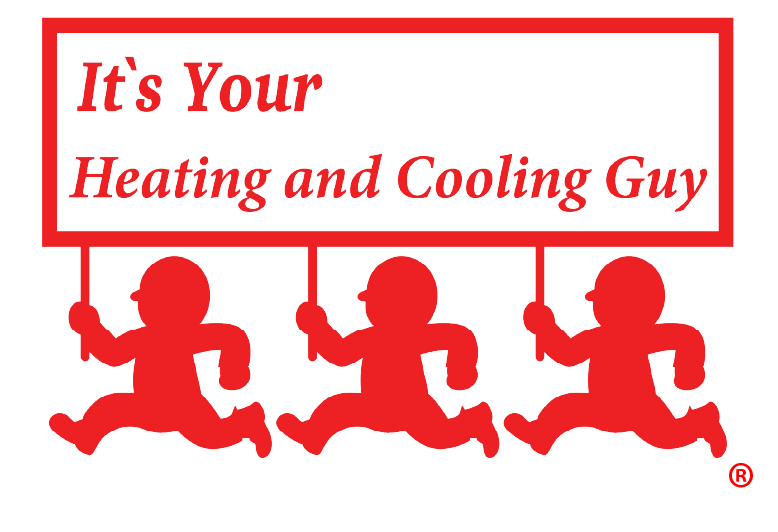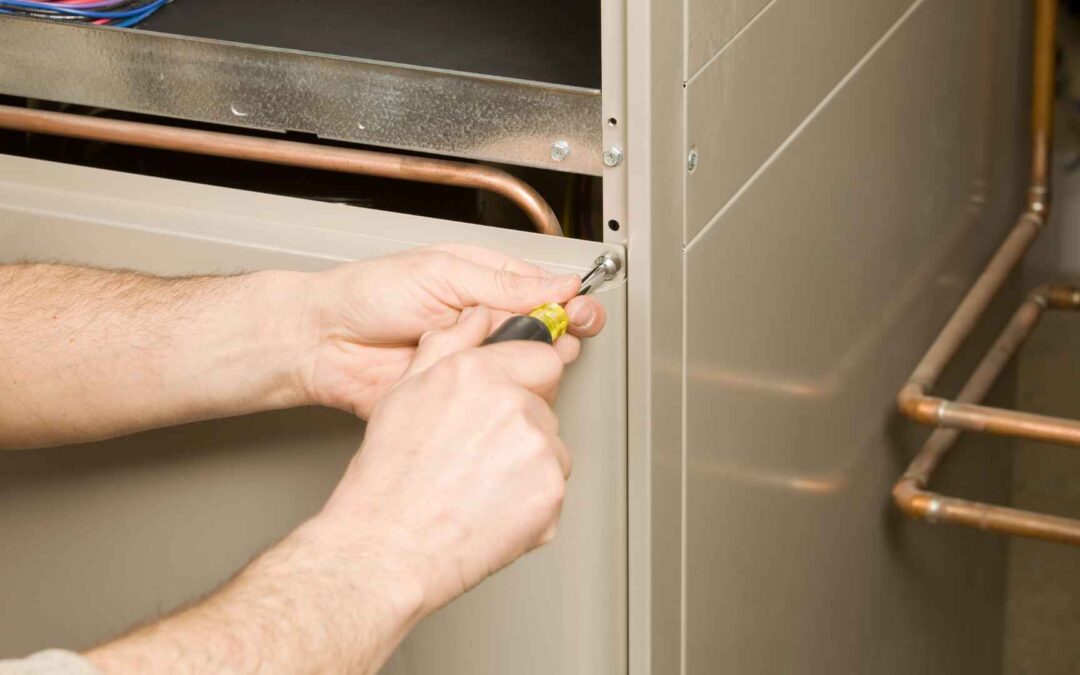Your furnace is the unsung hero of your home during the cold months, providing warmth and comfort when you need it most. To ensure your furnace operates efficiently and reliably throughout the winter season, regular maintenance is essential. By following these furnace maintenance tips, you can prolong the life of your heating system, improve energy efficiency, and prevent costly breakdowns.
10 Furnace Maintenance Tips & Tricks
- Replace Air Filters Regularly: One of the simplest yet most important furnace maintenance tasks is replacing the air filters. Dirty or clogged filters restrict airflow, forcing your furnace to work harder and consuming more energy. Check your filters monthly and replace them every 1-3 months, depending on the type of filter and household factors such as pet hair and dust levels.
- Clean Vents and Registers: Dust, dirt, and debris can accumulate in your vents and registers, obstructing airflow and reducing heating efficiency. Regularly vacuum and dust your vents and registers to ensure unobstructed airflow throughout your home. Additionally, make sure furniture and other obstacles are not blocking the vents to allow for optimal air circulation.
- Inspect and Clean Blower Motor: The blower motor is responsible for circulating warm air throughout your home. Over time, dust and debris can accumulate on the blower motor and its components, hindering performance. Inspect the blower motor and clean it thoroughly using a soft brush or vacuum to remove any buildup.
- Check Thermostat Settings: Ensure your thermostat is set to the desired temperature and functioning properly. If you have a programmable thermostat, schedule temperature adjustments to optimize comfort and energy savings. Consider upgrading to a smart thermostat for greater control and energy efficiency.
- Inspect and Lubricate Moving Parts: Proper lubrication is crucial for ensuring smooth operation of your furnace’s moving parts, such as the blower motor and fan. Check the manufacturer’s recommendations for lubrication intervals and use a high-quality lubricant suitable for your furnace’s components.
- Inspect Gas Connections and Burner: If you have a gas furnace, inspect the gas connections and burner for any signs of leaks or corrosion. A professional HVAC technician should handle any repairs or adjustments to gas components to ensure safety.
- Test Carbon Monoxide Detector: Carbon monoxide (CO) is a silent and potentially deadly gas produced by fuel-burning appliances like furnaces. Install carbon monoxide detectors on every level of your home and test them regularly to ensure they are functioning correctly. If your detector alarms, evacuate your home immediately and contact emergency services.
- Schedule Professional Maintenance: While many furnace maintenance tasks can be performed by homeowners, it’s essential to schedule annual professional maintenance by a qualified HVAC technician. A professional inspection and tune-up can identify potential issues early, improve efficiency, and prolong the lifespan of your furnace.
- Check Flue and Ventilation System: Ensure the flue and ventilation system are clear of obstructions and functioning properly. Blocked vents can lead to dangerous carbon monoxide buildup and decrease heating efficiency. Inspect the exterior vent pipe for signs of damage or blockage and clear any debris or ice buildup.
- Consider Investing in a Maintenance Plan: Some HVAC companies offer maintenance plans that provide regular tune-ups and priority service in case of emergencies. Investing in a maintenance plan can provide peace of mind and ensure your furnace receives the care it needs to keep your home warm and comfortable year-round.
By following these furnace maintenance tips, you can keep your heating system running smoothly and efficiently, saving energy and money while ensuring your home stays warm and cozy throughout the winter months. Regular maintenance not only prolongs the life of your furnace but also reduces the risk of unexpected breakdowns, keeping you comfortable and safe when temperatures drop.



Recent Comments